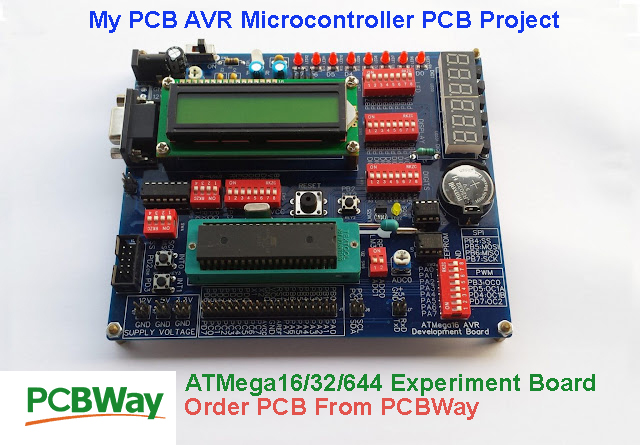PIC18F4550 is an enhanced Flash micro-controller with USB 2.0 feature. This device can operate up to 48MHz that yield the executing speed up to 12MIPS.
 |
| PIC18F4550 Family Data Summary |
- MPLABX XC8
- MikroC Pro for PIC
- IAR for PIC18
- CCS PICC, and etc.
MPLABX XC8 is a free compiler from this device manufacturer. We can buy a paid version for a higher code generation quality.
In this example I use the MPLABX IDE to get start with this device programming. I use the latest version of MPLABX of 6.0, and the XC8 compiler of 2.40.
The program will chase the output LED(s) connect to PORTD.
Configuration File:
Click here to download its source file. I use Protues 8.10 SP3 to simulate this program. Now let try an random LED output on PORTD.
The schematic diagram remains the same as the previous one's.






























